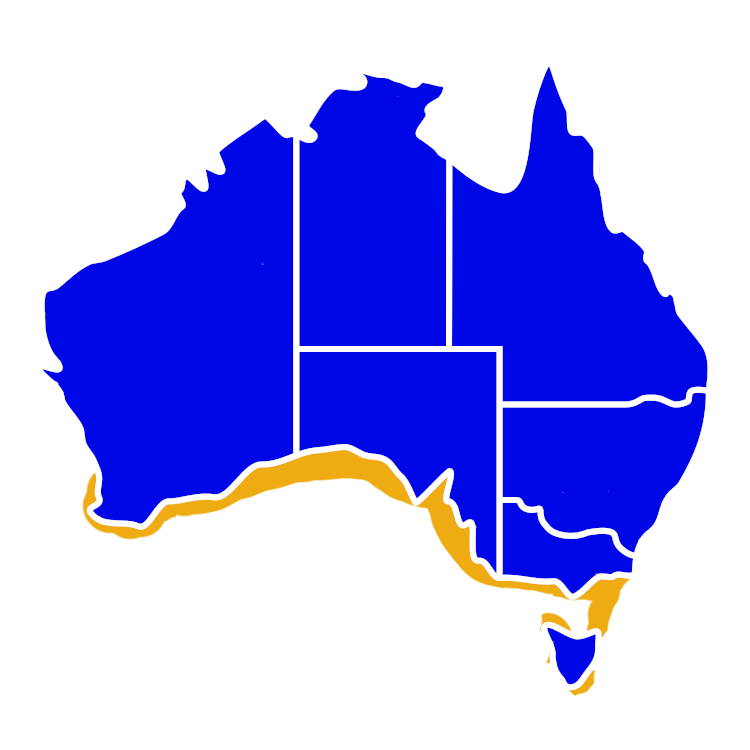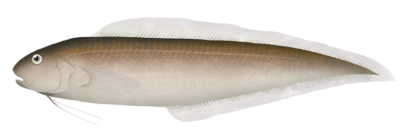Quick Facts
Distribution

Interesting Info
- Rock Ling are mostly a solitary fish, found in temperate coastal waters in the south west, south & south east Australian coasts including Tasmania.
- They are a nocturnal predator, hiding amongst reefs and rocky areas in caves, holes and crevices during the day becoming active at night. Juvenile fish are often found in seagrass beds near reefs
- Rock Ling are carnivores, feeding on smaller fish, crabs, prawns & squid.
- Estimated lifespan is around 10 years for males and 14 years for females.
- The main predators of Rock Ling include sharks and larger predatory fish.
Species Interaction
Recreational Fishing
Rock Ling are a very popular recreational fish known for their great taste. They can be caught from shore or boat, but are becoming harder to find due to overfishing in some parts of Australia.
Scientific Classification
Kingdom: Animalia
Phylum: Chordata
Class: Actinopterygii
Order: Ophidiiformes
Family: Ophidiidae
Genus: Genypterus
Species: Genypterus tigerinus
Conservation Status
Based on the International Union for Conservation of Nature (IUCN), the Rock Ling is categorised as “Data Deficient” as there is not enough information on the species for proper assessment.
Fish Taste Quality
Rock Ling are a great table fish. Often served whole or in fillets.
Taste Rating: 4/5
How to catch
Rock Ling
Catch Difficulty: Intermediate
Tackle: Patternoster Rig, Running Sinker Rig
Bait: Anchovy, Crab, Fresh cut flesh baits, Pilchards, Prawns, Squid
Technique: Keep bait close to the reef/structure
Popularity: Highly Targeted





